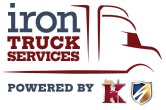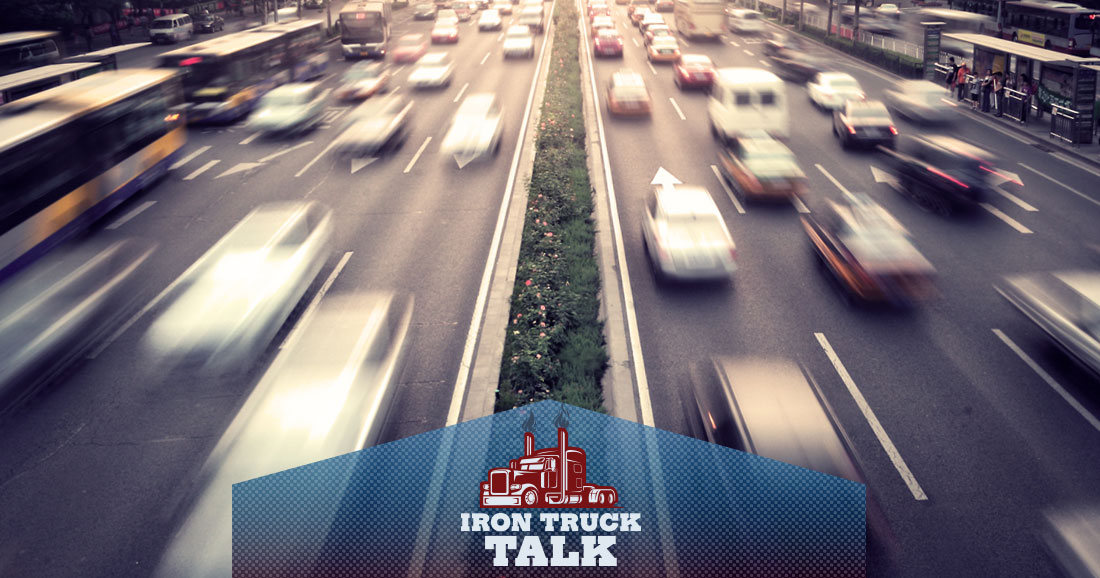An Effective Fleet Safety Program is Critical to Lowering Insurance Costs for Small Fleets
By Brett Sant, Executive Vice President of Iron Truck Insurance
In a February report, the American Transportation Research Institute found that in the past decade, trucking insurance premiums per mile have increased by an astounding 47%. The report also noted that small fleets are feeling the impact of rising insurance costs disproportionately, with per-mile insurance costs more than three times that of large fleets.
While there are many aspects of the insurance market that fleet owners have no control over, there is something they can do that will lower their premiums. They can prioritize and implement an effective fleet safety program, which will reduce the number and severity of losses and allow them to become the kind of risk that underwriters want to insure. You know, the ones who pay their premiums and don’t have losses. Because if you are the one who pays premiums AND generates excessive losses, you might find yourself paying rates you can’t afford, if you can find someone who will insure you at all.
So, the answer is quite simple – be safe. Invest in improving your safety results. Start by not referring to accidents as “accidents.” Refer to events as “crashes”, and presume that you can prevent most, if not all of them – even the crashes caused by the mistakes of other motorists. Fleet owners really must start with that mindset. Crashes need to be as unacceptable to you as not having a load to haul with your available tractor and trailer. In fact, as a fleet owner, your mindset should be that you would rather park the rig than allow it to be operated unsafely.
Implement an effective safety plan and follow it in a disciplined way. Don’t trust luck. What does an effective safety program look like? Well, there are certain principles or elements that decrease the likelihood of crashes within your fleet.
Hire conscientious, capable and competent drivers. No matter how urgently you are looking to hire a driver for that rig you are paying for, never compromise your expectations just to fill a seat. Implement meaningful hiring standards; conduct an effective background check to ensure the individual meets your expectations; ensure the individual is drug free, properly prepared, a competent operator, and physically able to do your job safely. Properly orient every new driver to ensure they are truly prepared before sending them out on that first load.
Set simple clear safety expectations that everyone agrees to and that are sensible. Be particularly attentive to imposing clear standards and expectations around four key driving behaviors: speed, following distance (managing the space around the vehicle), distraction, and fatigue. One or more of these issues generally factors into a crash.
Observe driving performance and provide feedback. If you have not already done so, install forward facing event-recorders in your truck cabs. Ensure your driver and a responsible manager are seeing the events and data gathered that quantify the driver’s performance relative to your expectations. Provide timely and specific feedback and create accountability for the driver to adjust their driving practices to conform to the expectations they have already agreed are reasonable.
Report crashes immediately to your insurance company, preferably from the scene of the crash. A delay in reporting for any reason will increase the cost of that claim and may cause your insurance company to non-renew your coverage at the end of your policy term.
Implement and follow a zero-tolerance drug and alcohol policy. Driving under the influence of drugs or alcohol reduces coordination, concentration, and the ability to respond to emergency driving situations – in short, all of the abilities needed for safe driving are compromised.
Provide regular training to your drivers. Defensive Driving training is particularly helpful to teach and reinforce driving behaviors and techniques that help the driver prevent crashes caused by the mistakes of others.
Recognize and reward good safety performance. Make it meaningful for the driver. Sincere, timely expressions of gratitude are impactful. Compensate your driver for their valuable work and connect that compensation to their safety performance and results.
Hold everyone in your business to the standards you have set and create individual ownership for safety. Establish key metrics to measure your performance and outcomes. Examples might include using the SmartDrive Safety score or equivalent; recordable DOT crash rates per million miles; injury rates, et cetera. Create ownership for results in these key areas. As the fleet owner, these should be some of your most important business metrics.
All of the above actions will cultivate a culture of safety. As more and more fleets get into this cadence of safety performance, the industry’s safety culture will improve, crashes will be reduced, and insurance costs will follow. There is no shortcut to lower insurance costs – safety is the key!
Brett Sant is the Executive Vice President of Iron Truck Insurance, which specializes in providing affordable, comprehensive carrier insurance to independent drivers and small fleets.




